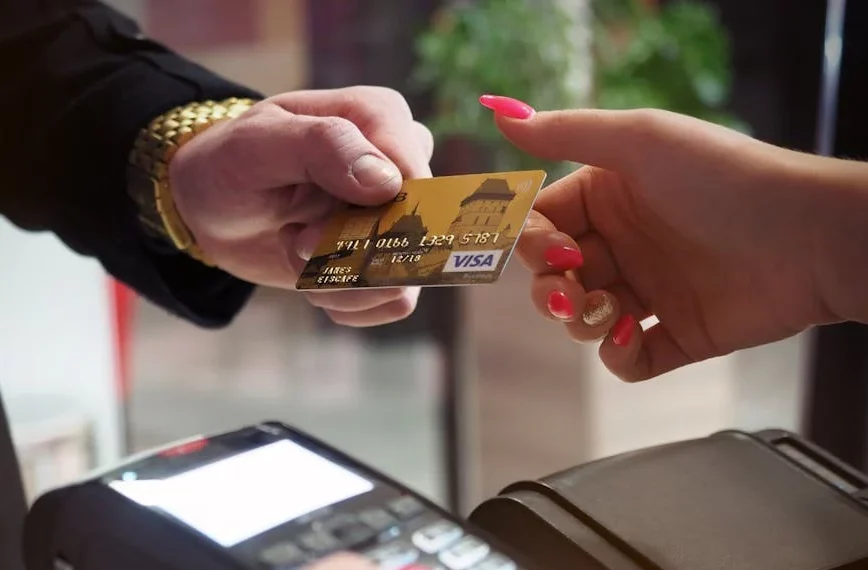Due to the risk of cyberattacks and data breaches, ensuring the security of payment card information (PCI) is a critical aspect of safeguarding sensitive cardholder data. Take note that the specific PCI DSS requirements will vary depending on the size and nature of an organization’s involvement with cardholder data. The PCI Security Standards Council (PCI SSC) defines different merchant levels based on transaction volume, with stricter requirements for higher levels.
Understanding PCI Requirements
The PCI DSS encompasses several key components:
- PCI Data Security Standards: The Payment Card Industry Data Security Standard (PCI DSS) is a set of comprehensive guidelines designed to safeguard sensitive cardholder data. Developed by the PCI Security Standards Council, an industry collaboration, PCI DSS outlines the operational and technical requirements for organizations involved in payment transactions. This includes merchants, financial institutions, payment processors, and software developers.
- PCI PIN Transaction Security Requirements (PTS): The PCI PTS focus specifically on the security of devices used for PIN protection and payment processing activities. These requirements govern the design, manufacturing, and distribution of such devices, ensuring they meet stringent security benchmarks. Merchants are encouraged to utilize only devices that have been rigorously tested and approved by the PCI Council.
- Validated Payment Software: Validated Payment Software signifies that the software has undergone a comprehensive assessment by a qualified professional. This evaluation confirms the software’s adherence to the PCI Secure Software Standard, ensuring it adequately protects the integrity and confidentiality of payment data. Utilizing validated payment software adds an extra layer of security to your payment processing environment.
- Point-to-Point Encryption (P2PE): Point-to-Point Encryption (P2PE) offers a robust security solution by encrypting cardholder data at the point of capture, rendering it unreadable to unauthorized parties even in the event of a breach. This significantly reduces the value of stolen data and streamlines compliance for merchants. P2PE solutions validated by the PCI Council further enhance security and simplify the compliance process.
Taking Action: Quick Steps to Secure Your Business
While PCI DSS may seem complex, achieving compliance boils down to implementing essential security practices. Here are some actionable steps you can take to safeguard your business:
- Invest in secure hardware: Always use PCI PTS-approved PIN entry devices at your POS terminals.
- Utilize validated payment software: Ensure your POS system and any payment processing software you employ are PCI-validated.
- Minimize data storage: Avoid storing sensitive cardholder data like full credit card numbers on your systems.
- Build a secure network: Implement a firewall on your network and individual devices to shield them from unauthorized access.
- Secure your wireless network: Always password-protect your Wi-Fi network and enable encryption.
- Embrace strong passwords: Enforce the use of strong, unique passwords for all accounts with access to payment systems. Regularly change default passwords on hardware and software.
- Maintain vigilance: Regularly inspect your POS terminals and computers for suspicious software or tampering.
- Educate your employees: Train your staff on secure payment practices and data protection protocols.
Partnering with EPAYMENT for Secure Payment Processing
At EPAYMENT, we are committed to providing secure and reliable payment processing solutions for merchants of all sizes. Our services are designed to simplify PCI DSS compliance and ensure the highest level of data security. We offer:
- PCI-compliant payment processing solutions
- Integration with validated payment software
- Support for point-to-point encryption technologies.
Maintaining payment security is an ongoing process. By following PCI DSS guidelines, implementing the best practices outlined above, and partnering with EPAYMENT, you can create a secure environment for your customers and protect your business from financial risks. Remember, data security is a shared responsibility. Let’s work together to build a safer and more trustworthy payment ecosystem.
We are here to help
- Schedule a Call: Book an Appointment
- Send us an Email: support@epayment.one
- Speak to a Specialist: 801-931-0111
Sources
- PCI Security Standards Council – Protect Payment Data with Industry-driven Security Standards, Training, and Programs (https://www.pcisecuritystandards.org/merchants/process/)
- PCI Mobile Payment Acceptance Security Guidelines (pcisecuritystandards.org) (https://listings.pcisecuritystandards.org/documents/PCI_DSS_V3.0_Best_Practices_for_Maintaining_PCI_DSS_Compliance.pdf?_hsenc=p2ANqtz-9DdOThzpRbDkrqorBsuecKLiAYAaXIGkAsvwjyDUEaxZFoEjXMrUJjKV6_xYLXzCk3sl3M)
PCI Security Standards Council – Protect Payment Data with Industry-driven Security Standards, Training, and Programs (https://listings.pcisecuritystandards.org/pci_security/)





